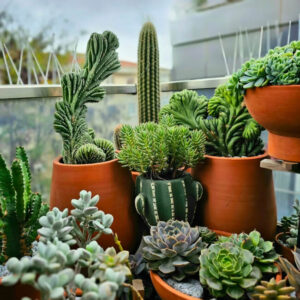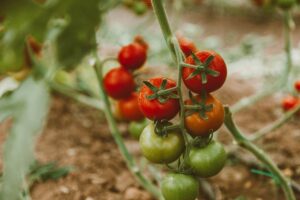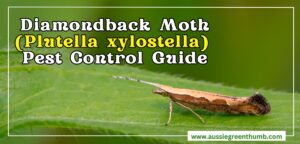Creating a garden that is both beautiful and pet friendly is not always easy. Pets can be curious and rambunctious, and they often dig up manicured lawns or chew plants.
However, with thoughtful planning and creative design, designing pet runs and play areas in the garden can help you integrate these spaces with your garden’s aesthetic while providing safe, stimulating environments for your furry family members.
More...
Designing Pet Runs for Your Garden
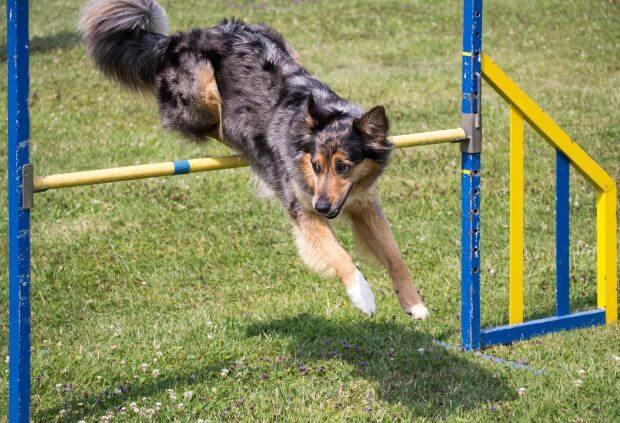
Understanding Your Pet's Needs First
Before thinking about designing your garden, spend some time observing your pet's natural behaviours and preferences. Dogs usually need some space to run, dig, and patrol their territory, while cats like having spaces for vertical climbing. It helps to include hiding spots, and sunny spots to lounge in also. Understanding your pet’s preferences will help you design a space that feels natural rather than restrictive.
Consider your pet's size, energy level, and age when planning dimensions. A Border Collie requires significantly more space than a Cavalier King Charles Spaniel, and an arthritic senior dog needs different considerations than a bouncing puppy. If you have multiple pets, such as a responsible breeder caring for many puppies, consider their dynamics and how that will affect your space requirements.
Choosing the Right Location
Positioning your garden properly will help determine both its function and visual impact. Try not to put your pet spaces in forgotten corners or as purely functional. Instead, try to consider how the pet spaces can actually become attractive garden features in their own right.
Be aware of areas that provide consistent light throughout the day and consider using them as spaces for pets that like to sunbathe, but be sure to provide a space for where they can lounge around in the shade.
Make sure you can see your pet’s play areas from your home so you can watch over them as they play. Pets also feel more secure when they can see their owners back.
Materials That Merge Function with Beauty
Traditional chain-link fencing might be practical, but it rarely enhances garden aesthetics. Consider alternatives that provide security while complementing your landscape design. Timber screens using Australian hardwoods like spotted gum or jarrah create warm, natural boundaries that will age beautifully along with your plants.
For a more contemporary look, powder-coated aluminium slats in colours that complement your home's exterior will create clean lines without dominating the landscape. Bamboo screening is an eco-friendly option that provides excellent privacy while maintaining an organic and zen feel.
Mesh panels can be used for climbing plants and will camouflage well. Hardy climbing plants like star jasmine, native violet, or even passionfruit will transform mesh panels into beautiful garden features.
Ground Surfaces That Work for Everyone
When constructing your pet play area, keep in mind that pets will be constantly running around these areas so opt for durable surface materials that are comfortable for paws but can withstand a lot of use. Avoid surfaces that will absorb too much heat in the Australian sun or create muddy messes during winter rains. Here are some potential options:
- Decomposed granite: provides excellent drainage while remaining cool
- Pea gravel: provides better drainage but dogs may attempt to eat them when they first encounter it
- Artificial turf: there are new products now that closely resemble natural grass and are meant specifically for pet use. Choose ones with good drainage backing and antimicrobial properties.
For dogs who love digging, have areas with sand or soft soil for them to dig in instead of fighting this natural behaviour. Frame these pits with some natural stone or wood to make them appear intentional.
Integrating Plants in Your Garden Pet Runs Strategically
One of the most important things to think about is selecting plants that will coexist with pets while enhancing the overall garden design. It helps to create buffer zones using robust plants that can handle some rough housing. Some Australian natives such as these are great examples that will provide colour and texture:
- Grevilleas
- Bottlebrush
- Native violets
Use plants to subtly define spaces. You can use plants to separate pet areas from formal garden beds to avoid having harsh divisions. Some samples you can use are:
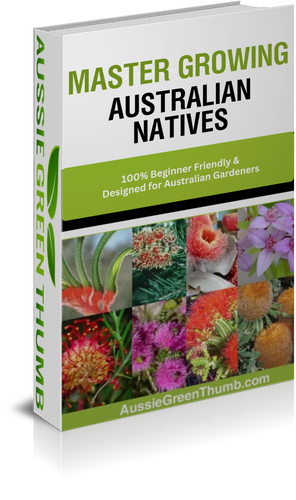

Get Your Free Guide:
Master Growing Australian Natives eBook
A Must Have Complete Guide for Every Australian Garden
Get Your Free Guide:
Master Growing Australian Natives eBook
A Must Have Complete Guide for Every Australian Garden
- Westringia
- Native daisies
Many herbs such as rosemary, thyme, and parsley are safe for pets and add fragrance to play areas. Lemongrass creates attractive screening while naturally repelling insects.
Elevate delicate or valuable plants in raised beds or containers placed strategically around pet areas. This creates visual interest at different levels while protecting precious specimens from enthusiastic dogs or curious cats. Taller plantings provide privacy screens and wind breaks while maintaining garden flow.

Add Enrichment Features
Transform basic pet runs into engaging environments by incorporating features that stimulate their natural behaviours.
- Raised platforms give cats elevated viewing points and satisfy their desire to survey territory.
- Varying ground levels create interest and exercise opportunities for dogs.
- Shallow basins of water provide natural drinking opportunities
- Small water fountains provide a soothing sound of moving water to your garden.
Create shade structures that enhance your garden's architectural elements. Pergolas supporting climbing plants provide cooling cover while adding vertical interest. Even a well-positioned garden shed can offer tool storage while providing natural shade and wind protection for pet areas.
You can integrate storage solutions into pet spaces to keep toys, leads, and grooming supplies organised while maintaining clean sight lines. Built-in seating along boundaries will provide comfortable spots for supervising play.
Practical Maintenance Considerations
More than anything, you’ll need to think about easy maintenance when you have pet areas. Creating wide openings will give you easy access for cleaning and plant care. Plan for waste management right away. Having discrete composting areas or easy access to removal points will make routine cleaning more manageable.
Consider drainage for washing down hard surfaces to ensure runoff won’t damage nearby plants. And of course, choose plants that won’t require frequent pruning or too much care and can withstand a lot of pet action.
Designing Pet Runs That Feel Right at Home
Successful integration of pet areas into a garden happens when pet areas feel like natural extensions of your overall garden rather than afterthoughts. By applying the same design principles you’d use elsewhere in your garden, pet spaces become valuable garden features that happen to serve practical purposes.
Gardens will change over time, and the pet area you create can also evolve depending on your pets needs and habits. Start with basic functional requirements, then gradually add refinements as you observe how your pets use the space. The goal is creating outdoor environments where both you and your pets feel completely at home.
Published on August 18, 2025 by Gary Clarke
Last Updated on August 18, 2025


